Diabetic retinopathy isn’t just a complication of diabetes-it’s the leading cause of preventable vision loss in adults under 65. About 1 in 3 people with diabetes will develop some form of retinopathy, and without proper screening, many won’t know until it’s too late. The good news? With the right checks and timely care, up to 98% of severe vision loss from this condition can be avoided. But knowing when to get screened and what to do if something’s found isn’t as simple as ‘once a year.’ The rules have changed, and they’re now based on your personal risk-not just your diagnosis.
Who Needs Screening and When?
If you have type 1 diabetes, your first eye exam should happen 3 to 5 years after diagnosis. For type 2 diabetes, you should get checked right after diagnosis-because by the time you’re diagnosed, you may have already had high blood sugar for years, silently damaging your eyes. After that, the old rule of annual exams is no longer universal. Today, screening frequency depends on how your body is responding to treatment.
Here’s how it breaks down:
- No retinopathy: If two consecutive screenings show no signs of damage and your HbA1c is under 7%, blood pressure is controlled, and kidney function is normal, you can safely wait 1 to 2 years between screenings. Some low-risk patients can even go 3 to 4 years.
- Mild nonproliferative retinopathy: This means tiny blood vessels in your retina are leaking. You should be checked every year. Don’t assume it’s ‘not serious’-it’s a warning sign.
- Moderate nonproliferative retinopathy: More vessels are damaged. You need to see an eye specialist within 3 to 6 months. This is the point where lifestyle changes alone aren’t enough.
- Severe nonproliferative retinopathy: Blood vessels are closing off, starving parts of the retina. You need evaluation within 3 months. Delaying could mean irreversible damage.
- Proliferative retinopathy: New, fragile blood vessels are growing. This is an emergency. You must be seen within 1 month. Left untreated, these vessels can bleed into the eye or cause retinal detachment.
Tools like the RetinaRisk calculator help doctors personalize these intervals. It uses your HbA1c, how long you’ve had diabetes, your blood pressure, and kidney function to predict your risk. One study found this approach cuts unnecessary screenings by nearly 60% without missing a single case of sight-threatening disease.
What Happens During a Screening?
A diabetic eye screening isn’t just a quick glance. It’s a detailed digital photo of the back of your eye-called fundus photography. The technician will put drops in your eyes to dilate your pupils, then take at least two high-resolution images of each eye. These images capture a 45- to 50-degree view of the retina, showing tiny blood vessels, swelling, and bleeding that you can’t feel but can cost you your vision.
Many clinics now use AI-powered software to analyze these images. Tools like Google Health’s DeepMind algorithm can detect signs of retinopathy with over 94% accuracy-matching or even beating human graders in some cases. This helps speed up diagnosis, especially in areas where ophthalmologists are scarce.
For patients in rural areas or without easy access to eye specialists, smartphone-based devices like the D-Eye adapter are changing the game. You can now get a retinal image taken by a primary care provider, sent to a specialist remotely, and get results within 24 hours. One study showed this method agreed with ophthalmologist readings 89% of the time.
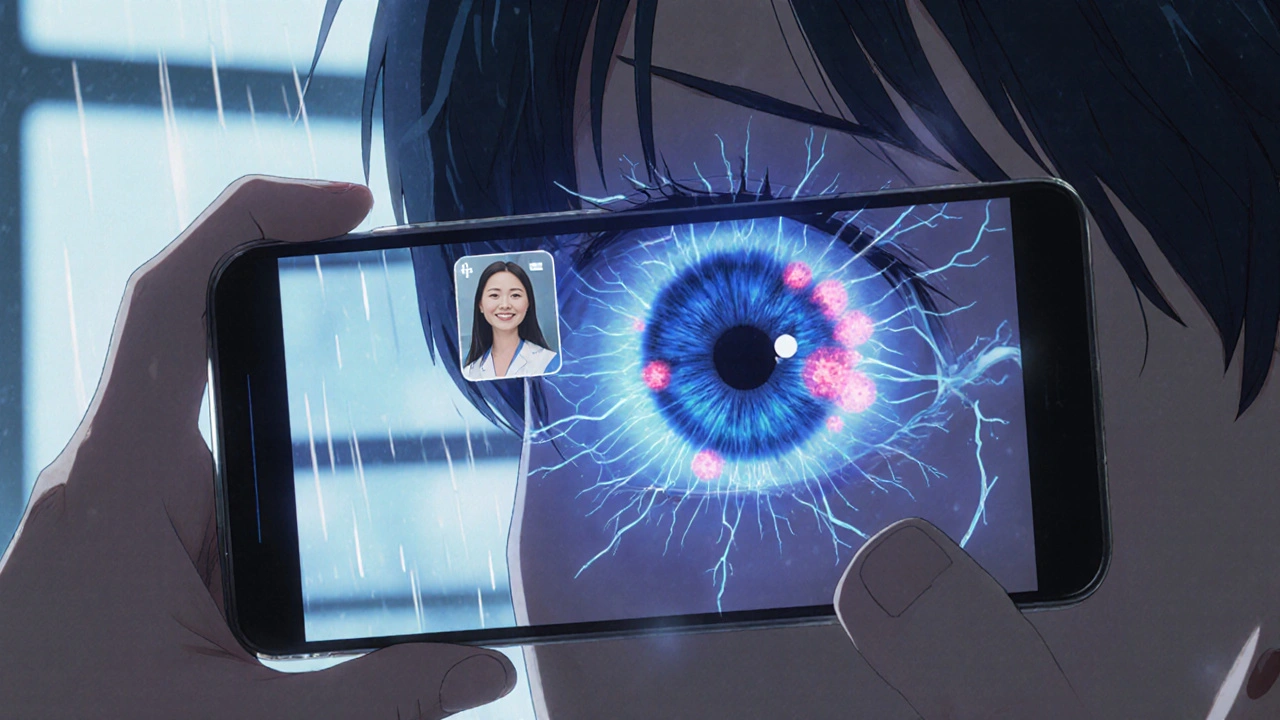
Treatment Options: From Mild to Severe
Not every case of retinopathy needs surgery or injections. Treatment depends entirely on how far it’s progressed.
Mild to moderate nonproliferative retinopathy is managed with better control of your diabetes. That means:
- Keeping HbA1c below 7%
- Maintaining blood pressure under 140/90 mmHg
- Managing cholesterol
- Stopping smoking
Research from the DCCT/EDIC studies shows that intensive blood sugar control reduces the risk of retinopathy progression by 54%. It’s not glamorous, but it works.
Diabetic macular edema (DME)-fluid buildup in the center of the retina-is the most common cause of vision loss in people with retinopathy. It’s treated with injections of anti-VEGF drugs like ranibizumab or aflibercept directly into the eye. These drugs block the growth of abnormal blood vessels and reduce swelling. Most patients need 3 to 6 injections in the first year, then fewer over time. Many regain significant vision, especially if treatment starts early.
Proliferative retinopathy often requires laser therapy (panretinal photocoagulation). This procedure uses laser burns to shrink abnormal blood vessels and stop them from bleeding. It’s not perfect-it can cause some loss of peripheral or night vision-but it reduces the risk of severe vision loss by more than 50%. In advanced cases, a vitrectomy may be needed to remove blood or scar tissue from inside the eye.
There’s also a new option: a slow-release implant called Ozurdex, which delivers corticosteroids over several months. It’s used when anti-VEGF injections aren’t enough or aren’t tolerated.
Why One-Size-Fits-All Screening Doesn’t Work Anymore
For decades, everyone with diabetes got an eye exam every year. It was simple, safe, and easy to follow. But it wasn’t efficient. Many people with stable diabetes and no signs of damage were getting unnecessary exams. Others with high risk were being seen too late.
Now, we know that screening every year for someone with well-controlled diabetes and no retinopathy adds little value. A 2022 review found that extending screening to every 3 years for low-risk patients didn’t increase the chance of vision loss. In the UK, switching from annual to biennial screening for low-risk patients saved the NHS £150-200 per person per year.
But here’s the catch: this only works if your doctor actually assesses your risk. If you have an HbA1c above 8.5%, high blood pressure, kidney disease, or a history of fluctuating glucose levels, you still need annual-or even more frequent-checkups. A Reddit user named RetinaScared2023 shared that their clinic pushed for 2-year intervals despite an HbA1c of 8.5%. Within months, they developed macular edema. That’s the danger of applying guidelines too broadly.
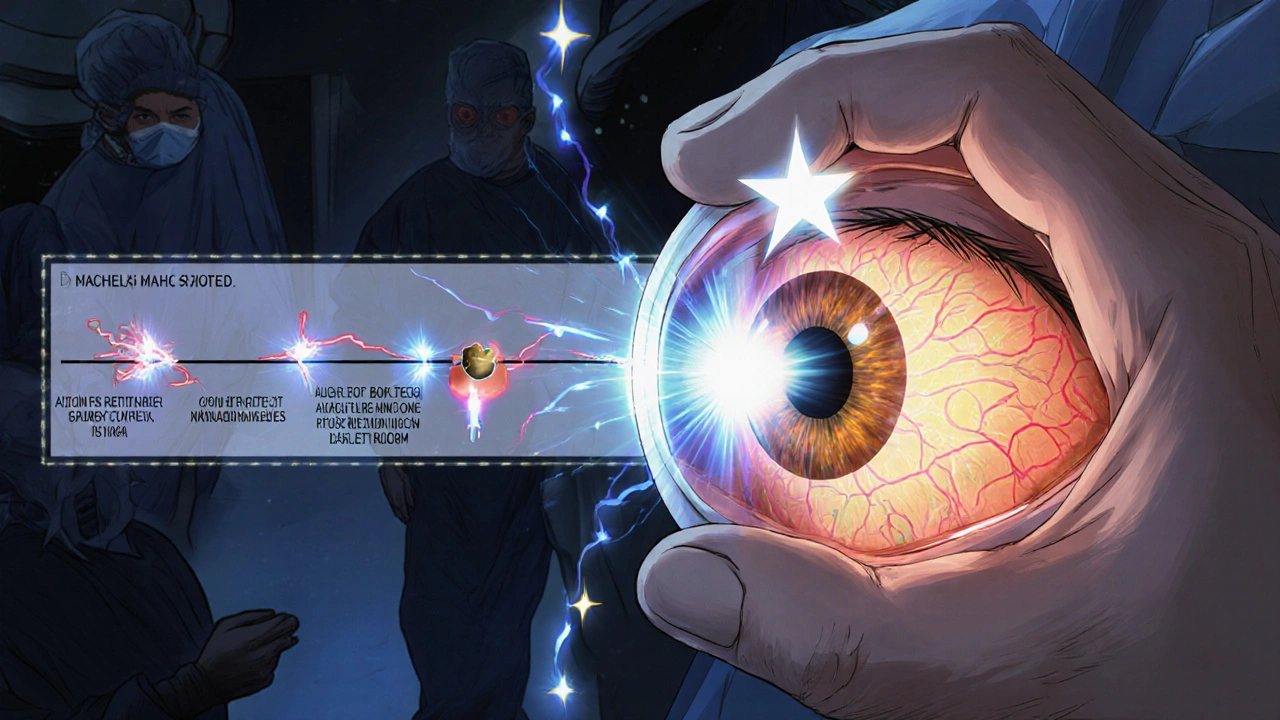
What You Can Do Right Now
Don’t wait for your doctor to bring it up. Take control:
- Know your numbers: HbA1c, blood pressure, and kidney function (eGFR) matter more than you think.
- Ask your doctor: ‘Based on my risk factors, how often should I get screened?’ Don’t accept ‘every year’ as the default.
- Keep records: Save your eye exam reports. Compare them over time. If your last report said ‘no retinopathy,’ and you’ve had good control for 2 years, you might qualify for a longer interval.
- Use telemedicine if needed: If you live far from an eye specialist, ask if your clinic offers remote screening with AI analysis.
- Don’t ignore symptoms: Blurry vision, floaters, dark spots, or sudden vision loss? Call your eye doctor immediately-don’t wait for your next scheduled visit.
What’s Next for Diabetic Eye Care?
The future of diabetic retinopathy care is personalized, tech-driven, and more accessible. AI is already helping screen millions in places where ophthalmologists are rare. Smartphone attachments are bringing eye exams into primary care clinics. New drugs are extending the time between injections. And global health organizations estimate that if risk-based screening is adopted worldwide, we could prevent 2.5 million cases of blindness by 2030.
But technology alone won’t fix everything. The biggest barrier remains access. Low-income communities and rural areas still have 2.3 times higher rates of vision loss from diabetes-even though their diabetes rates are similar. That’s not a medical problem. It’s a system problem.
The solution isn’t just better tools. It’s better policies: funding for mobile screening units, training for community health workers, and insurance coverage that doesn’t punish people for living far from a specialist.
For you, the patient, it’s simple: know your risk. Track your numbers. Ask questions. And never skip an eye exam just because you feel fine. Diabetic retinopathy doesn’t hurt until it’s too late. But with the right care, it doesn’t have to steal your sight.
How often should I get screened for diabetic retinopathy if I have type 2 diabetes and no signs of eye damage?
If you have type 2 diabetes and two consecutive screenings show no retinopathy, and your HbA1c is below 7%, blood pressure is controlled, and your kidneys are healthy, you can safely wait 1 to 2 years between screenings. Some patients with very low risk may extend this to 3 years, but only under a doctor’s supervision. Never assume you’re low-risk without proper assessment.
Can diabetic retinopathy be reversed?
Early-stage diabetic retinopathy can’t be fully reversed, but its progression can be stopped or slowed dramatically with better blood sugar, blood pressure, and cholesterol control. Once damage like macular edema or abnormal blood vessel growth occurs, treatments like injections or laser therapy can prevent further vision loss and sometimes improve vision-but they can’t restore vision that’s already lost. Early detection is the only true reversal.
Are there any new treatments for diabetic retinopathy?
Yes. In addition to the standard anti-VEGF injections and laser therapy, new options include slow-release steroid implants like Ozurdex, which reduce swelling for up to 6 months. AI-powered screening tools are now FDA-approved and used in clinics nationwide. Smartphone-based retinal cameras like D-Eye are making screenings possible in primary care offices. Research is also underway for gene therapies and neuroprotective drugs that could protect retinal cells even before damage occurs.
Is diabetic retinopathy screening covered by insurance?
In the U.S., Medicare and most private insurers cover annual diabetic eye exams as a preventive service under the Diabetes Prevention and Control Act. Many plans cover screenings every 2 years for low-risk patients. Telemedicine screenings are also increasingly covered. Always check with your provider, but if you’re told it’s not covered, ask for a referral to a Medicare-approved diabetic eye screening program.
What happens if I skip my diabetic eye screening?
You might not notice anything wrong-until you suddenly can’t read, drive, or recognize faces. Diabetic retinopathy progresses silently. Skipping screenings increases your risk of developing sight-threatening complications like macular edema or retinal detachment. Studies show that patients who miss screenings are 3 times more likely to experience severe vision loss than those who stay on schedule. Even one missed exam can be the difference between saving your vision and losing it.

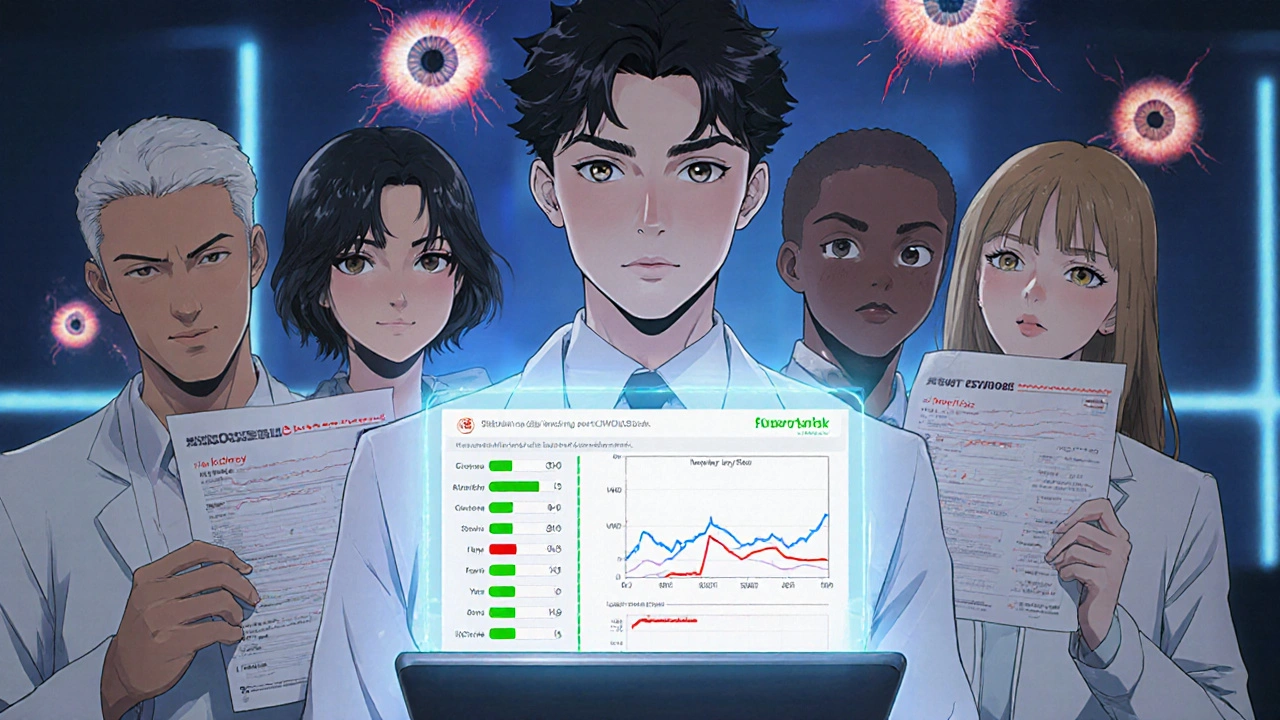
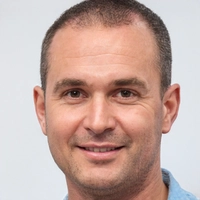

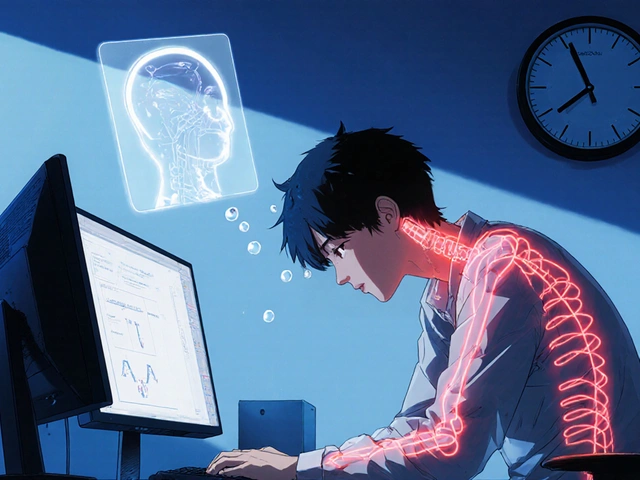

Reviews
Finally someone who gets it 😊 I used to get annual screenings even though my HbA1c was 6.2% and BP was perfect. My ophthalmologist finally said, 'You're low risk, go every 2 years.' Life changed. No more 8am appointments, no more dilated-eye headaches. Also, the AI scan at my clinic? Scary accurate. Felt like a robot was judging my retinas... but it saved me money and time. 🤖👁️
Actually, the article misstates the DCCT/EDIC findings. The 54% reduction was for *any* retinopathy progression, not just sight-threatening. And it was in a cohort with near-perfect compliance. Most people can’t maintain HbA1c under 7% for decades. Also, 'no retinopathy' doesn’t mean 'no risk' - it means 'no detectable microaneurysms yet.' The language here is dangerously oversimplified. And where’s the citation for the 98% preventable stat? I’ve seen that number bandied about since 2012, but it’s not from a meta-analysis - it’s from a single-center study with selection bias. Fix your sources.
Interesting. But in India, most diabetics never see an ophthalmologist. Even if they could, the cost of fundus photography is 3x the daily wage for a laborer. AI tools? Great on paper. In rural Bihar, the power goes out twice a day. The 'D-Eye' adapter? I’ve seen one in a Mumbai clinic. It sat in a drawer for six months because no one knew how to use it. Technology doesn’t fix infrastructure. It just makes rich people feel better about ignoring poor people’s blindness.
Let’s be real - the entire system is built on inertia. 'Annual screening' was never about medical necessity. It was about billing codes, insurance reimbursements, and the comfort of doing *something*. We’ve turned a complex, dynamic disease into a checkbox. And now we’re pretending that risk stratification is some revolutionary breakthrough. It’s not. It’s just common sense that was ignored for decades because it threatened the status quo. The fact that we’re only now catching up says more about our healthcare bureaucracy than our science. Also - if your doctor says 'every year' without asking about your HbA1c, find a new doctor. Seriously. That’s malpractice by omission.
It is imperative to note that the proliferation of AI-based screening tools is a grave ethical concern. These algorithms are trained on datasets that are overwhelmingly composed of Caucasian patients. The sensitivity for detecting retinopathy in Black, Hispanic, and Asian populations is significantly lower - by as much as 20-30% in some peer-reviewed studies. Furthermore, the FDA approval process for these tools is woefully inadequate. They are cleared under the 510(k) pathway, which requires no clinical outcome data. This is not innovation. This is a regulatory loophole disguised as progress. And now we are encouraging patients to rely on machines that may miss their condition entirely. This is not science. It is negligence.
Let me ask you this: Who owns the AI algorithms used in these screenings? Google? Meta? A private equity firm? And who profits when they miss a case? The same people who profit from the injections, the lasers, the vitrectomies. This isn’t medicine - it’s a supply chain. The entire screening paradigm is designed to funnel people into treatment pipelines. If you’re low-risk, you’re ignored. If you’re high-risk, you’re monetized. The real question isn’t 'how often should I get screened?' It’s 'who benefits when I don’t?' And why are we being sold this as a 'personalized care' revolution when it’s clearly just a cost-cutting scheme disguised as innovation?
Just had my first AI scan last week. No drops, 30 seconds, got the results on my phone before I even left the clinic. My doc said I’m low risk and can wait 2 years. I’ve been diabetic for 12 years and never felt this confident. Also - if you’re scared of the injections? I got 3 in 2021. They hurt less than a flu shot. The fear is worse than the needle. You got this. 💪👁️
Okay, so let me get this straight - we’re now supposed to trust a computer algorithm that’s trained on a dataset that doesn’t represent the diversity of the diabetic population, and we’re supposed to believe that extending screening intervals from one year to two or three is safe, but only if your HbA1c is under 7% and your blood pressure is under 140/90 and your kidney function is normal and you’ve had two consecutive negative screenings and you’re not smoking and you’re on metformin and you’ve had your cholesterol checked and you’re not obese and you’ve got health insurance and you live within 50 miles of a clinic that has the right software and your doctor isn’t too busy to look at your chart and you remember to bring your old reports and you’re not one of the 30% of people who don’t even know what HbA1c stands for - and somehow, despite all that, we’re supposed to believe this is a universal solution? That’s not personalized medicine. That’s a Rube Goldberg machine made of assumptions, and if one gear slips, you lose your vision. And now they want to replace the doctor with a phone app? I’d rather go blind than trust this system.
It’s amusing how the article frames this as a 'new paradigm.' The concept of risk-stratified screening has been standard in cardiology for 20 years. Why is it only now being applied to ophthalmology? Because the eye care industry was too lazy to adapt. Also, the mention of 'RetinaRisk' feels like an ad. No citations. No methodology. Just a branded tool. This reads like a whitepaper written by a pharmaceutical marketing team. The real innovation? The fact that we’re still talking about this as if it’s groundbreaking.
I’ve been living with type 2 for 18 years. I used to dread my eye appointments - felt like I was being punished for my choices. But when my doc finally said, 'You’re doing amazing - let’s go to every 2 years,' it felt like a hug. Not because I was being let off the hook, but because I was being trusted. That’s the real shift here. It’s not just about the tech or the intervals. It’s about treating patients like partners, not problems. I started tracking my numbers on a spreadsheet. I shared it with my doc. We made a plan. Now I feel like I’m in control. And honestly? That’s the best medicine of all. You’re not broken. You’re learning. And that’s enough.
why do they even make you get the drops its so annoying and your vision is blurry for hours like who thought this was a good idea and why cant they just take the picture without dilating i mean its 2025
Back in Manila, my cousin got screened using a phone camera attached to a $20 adapter. The photo went to a doctor in LA. He got the diagnosis in 12 hours. No plane ticket. No waiting. No $500 bill. This isn’t just tech - it’s justice. We’ve been stuck in the 1990s while the rest of the world figured out how to do this without privilege. Shame on us for acting like this is some fancy new idea. It’s just common sense with Wi-Fi.
Y’all are overthinking this. If you’ve got diabetes - check your eyes. Period. Whether it’s every year or every 3 years - the point is you don’t skip it. I got mine done at my local pharmacy. They had the machine. Took 5 minutes. No drama. No anxiety. Just a quick scan. And yeah - if you’re crushing your HbA1c? Awesome. But don’t let that make you lazy. Your eyes don’t care how good your diet is. They only care if you show up. So show up. Even if it’s just to say hi to the technician. They remember you. And that matters.
Let me tell you what they’re not saying: The AI tools are being rolled out because insurance companies are tired of paying for annual eye exams. They’re using 'risk-based screening' as an excuse to cut costs. And guess who gets left behind? The people who can’t afford to chase down their own data. The ones who don’t have time to track HbA1c or fight with their doctor. The ones who get told 'you’re low risk' even when their numbers are trash. This isn’t progress - it’s a trap. They’re letting you think you’re safe while quietly removing the safety net. And when you go blind? They’ll say 'you should’ve monitored your levels.' But you didn’t get the tools. You didn’t get the support. You just got a brochure and a QR code.
From a clinical standpoint, the shift to risk-stratified screening is evidence-based and long overdue. The key metrics - HbA1c, BP, eGFR, and duration of diabetes - are validated predictors of retinopathy progression. The 2022 Cochrane review on screening intervals supports biennial screening for low-risk patients with a number needed to screen (NNS) of 1,200 to prevent one case of vision loss, versus 450 for annual screening. The cost-effectiveness ratio improves dramatically. However, the implementation gap remains significant. In primary care, only 38% of providers routinely calculate retinopathy risk using validated tools. The real barrier isn’t technology - it’s workflow integration. EHRs still don’t auto-flag high-risk patients. We need clinical decision support embedded at the point of care. Otherwise, we’re just repeating the same mistakes with prettier software.